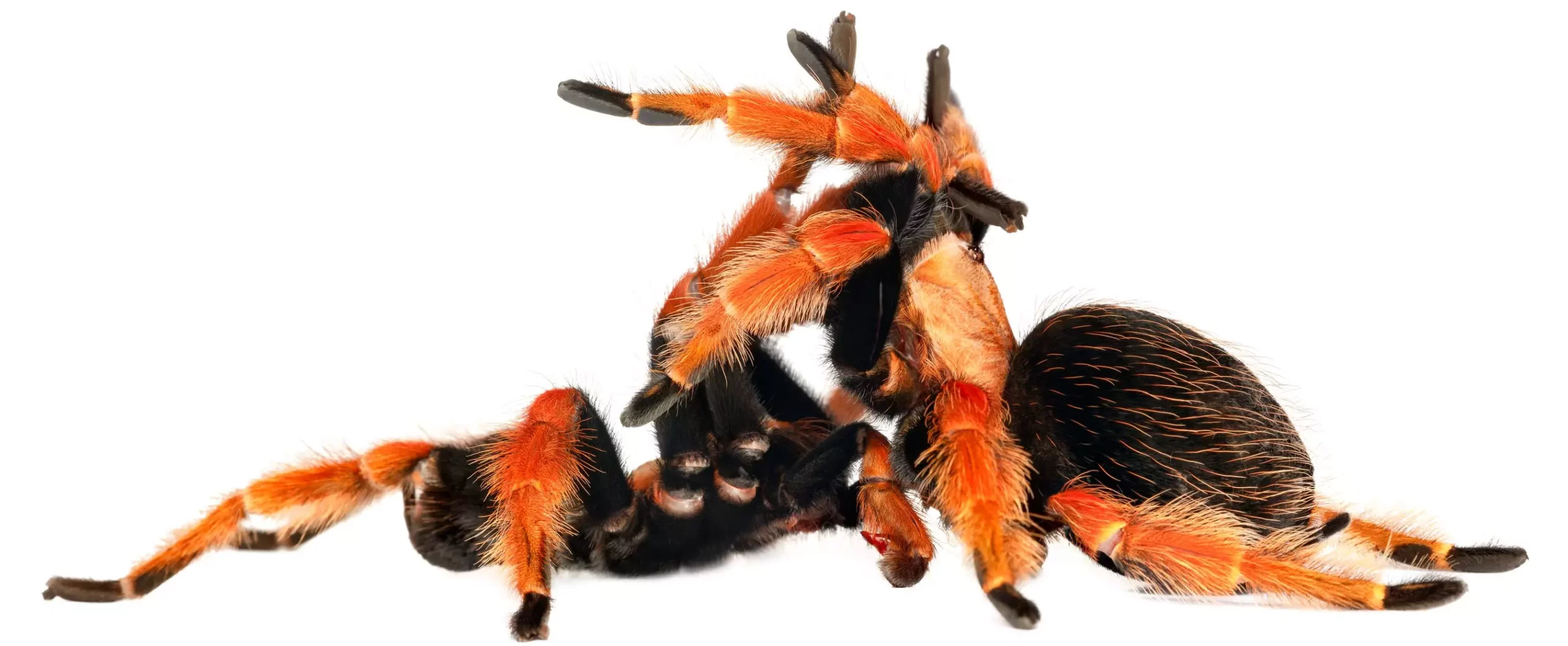Breeding tarantulas can be a rewarding endeavor for pet owners eager to expand their arachnid family. With around 850 species of tarantulas, enthusiasts often seek to learn more about their mating habits and care requirements. The following article delves into the process, responsibilities, and challenges associated with breeding these fascinating creatures.
Tarantulas have captivated pet owners with their unique characteristics and behaviors. Their exotic appearance and generally low maintenance requirements make them appealing as pets. However, many owners who start with one tarantula often find themselves wanting to expand their collection. Breeding provides an opportunity not only to share the joy of tarantulas but also to understand their life cycle on a deeper level.
Nevertheless, prospective tarantula breeders should tread cautiously. The complexities of breeding and raising spiderlings require adequate preparation and knowledge, as well as a commitment to ensuring the welfare of the animals involved.
Understanding tarantula mating habits is essential for anyone considering breeding these species. Firstly, it’s crucial to recognize that male and female tarantulas cannot be housed together regularly due to their cannibalistic nature. Instead, once both are sexually mature, owners can introduce a male tarantula into a small enclosure placed inside the female’s habitat. This controlled environment allows the tarantulas to interact safely, familiarizing themselves with each other’s scents and behaviors—vital factors in the mating process.
It is during this period that the female should be housed with adequate food and an environment conducive to burrowing, as this preparation is critical for successful mating. Only when you confirm that the female is receptive should you consider allowing them to mate. After mating occurs, prompt action is necessary; you must quickly remove the male from the enclosure before the female can exhibit aggression toward him. Having a tool, like a paint stick, on hand can be invaluable for safely intervening if necessary.
Tarantula owners need to be aware of the timing associated with sexual maturity. The age at which a tarantula reaches maturity can vary significantly among species and may take several years. Once a male reaches sexual maturity, the window of opportunity for breeding is limited, typically lasting just one year.
This is crucial for potential breeders: if you wish to mate your male tarantula, attentiveness and timing are vital. Mating itself is fascinating yet intricate. The male trails his abdomen along a web mat he creates, excreting semen that he then packs into his pedipalps—the specialized appendages near his fangs. The importance of this packaging cannot be understated, as it keeps the semen viable until he discovers a suitable female.
Upon locating a female tarantula, the male transfers the packaged semen into an opening on her abdomen known as the opisthosoma. This exchange is swift, emphasizing the need for the male to act quickly, as females can be unforgiving concerning their mating partners. The fertilized eggs will typically not appear until several weeks or even months post-mating, after which the female produces an egg sac in which the eggs will develop.
An essential aspect of breeding is managing the female post-mating. During this time, she is likely to exhibit heightened aggression as she protects her egg sac, which can contain an impressive number of eggs—typically around 100, but can range from 50 to over 1,000 depending on the species. While some breeders choose to retrieve the egg sac and rear the young independently, this carries risks, including potential harm to the developing spiderlings, especially if the female is known to consume them.
Once the eggs hatch, usually several weeks after being laid, pet owners will see a swarm of spiderlings emerge from the sac. For instance, in the case of the Mexican Red-Knee tarantula, the entire process can take around three months from mating to hatching, followed by weeks in the egg sac.
During this early stage, the likelihood of survival hinges on proper care and environmental conditions. These spiderlings must navigate multiple molts in their first year, each stage presenting different challenges and vulnerabilities. Owners need to be prepared for a potential influx of new tarantulas, as a breeding endeavor can exceed initial expectations.
Breeding tarantulas offers many rewards but comes with its own set of challenges. Before embarking on this journey, it is crucial that pet owners arm themselves with knowledge about the mating process, appropriate housing, and care for spiderlings to ensure a successful breeding experience. With dedication and understanding, the world of tarantulas can become an even more enriching part of life for arachnid enthusiasts.

